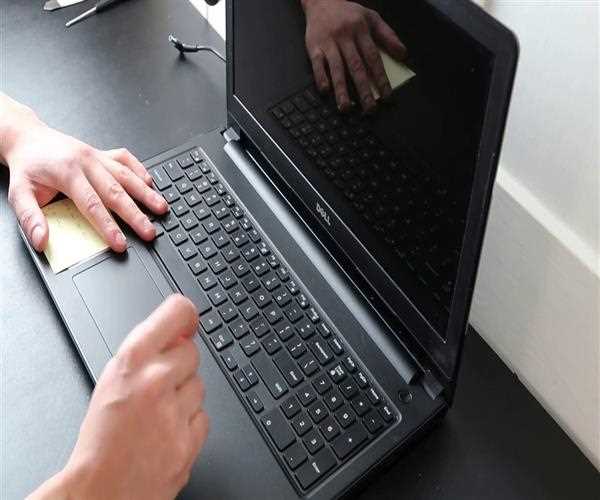When a computer starts up, it goes through a series of tests to make sure that all of the hardware is working properly. If there is a problem, the computer will often beep to indicate the nature of the problem. These beep codes can be very helpful in troubleshooting computer problems, as they can provide a clue as to the location of the problem.

For example, a single long beep followed by two short beeps typically indicates a problem with the memory. This can be caused by a faulty memory module, a bad memory slot, or a problem with the memory controller. Other common beep codes include:
- Two short beeps: Base memory failure.
- Three short beeps: Video card failure.
- Four short beeps: BIOS ROM checksum error.
- Five short beeps: CPU failure.
- Six short beeps: Keyboard controller failure.
It is important to note that the specific beep codes can vary depending on the manufacturer of the motherboard. Therefore, it is always a good idea to consult the motherboard manual to find a list of the beep codes that are used for that particular motherboard.
In addition to beep codes, some motherboards also display error messages on the screen during the POST process. These error messages can also be helpful in troubleshooting computer problems. However, it is important to note that not all motherboards display error messages.
If you are hearing beep codes or seeing error messages on your computer, it is important to try to identify the source of the problem. The beep codes and error messages can provide a clue as to the location of the problem, which can make troubleshooting much easier.
There are a number of resources available that can help you to interpret beep codes and error messages. These resources include:
- The motherboard manual: This is the most comprehensive resource, as it will list the beep codes and error messages that are specific to that particular motherboard.
- The manufacturer's website: Many manufacturers of motherboards have a section on their website that lists the beep codes and error messages that are used for their products.
- Online forums: There are a number of online forums that can be helpful in troubleshooting computer problems. These forums often have a section dedicated to beep codes and error messages, where you can ask for help from other users.
By knowing the beep codes of your computer, you can troubleshoot computer problems more effectively. This can save you time and money, as you will not have to take your computer to a technician every time there is a problem.
Here are some additional tips for troubleshooting computer problems using beep codes:
- Listen carefully to the beep codes: The beep codes can be very quick, so it is important to listen carefully so that you can distinguish between the different beeps.
- Write down the beep codes: If you are not sure what the beep codes mean, you can write them down so that you can look them up later.
- Check the motherboard manual: The motherboard manual is the most comprehensive resource for interpreting beep codes.
- Search online forums: If you are unable to find the beep codes in the motherboard manual, you can search online forums for help.
By following these tips, you can learn to troubleshoot computer problems using beep codes. This can save you time and money, as you will not have to take your computer to a technician every time there is a problem.